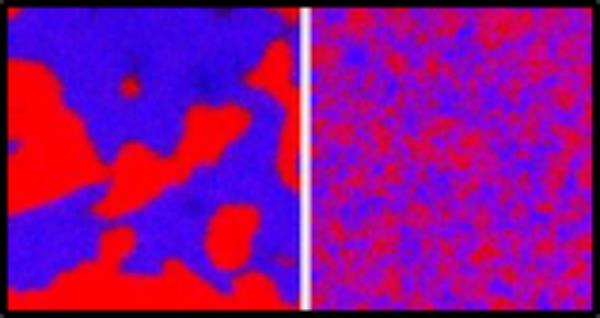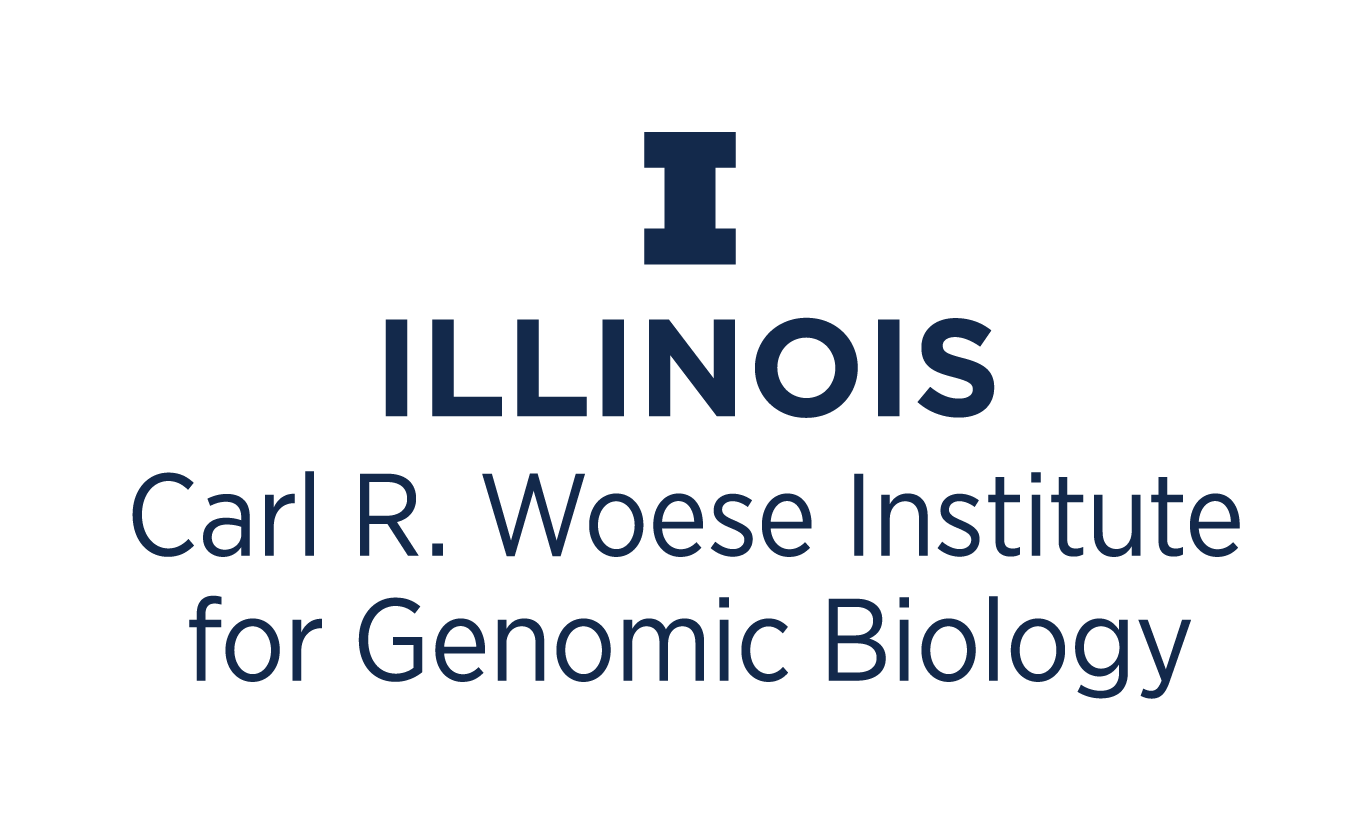By: Bioengineering communications office
There is still much to understand about the dynamics of bacterial communities in the human gut, as well as how bacteria behave en masse in a biofilm, a collective of microorganisms that can grow on many different surfaces (e.g. dental plaque). Bioengineering Assistant Professor Roy Dar is part of a multi-institutional research team that will study long-term microbial community dynamics thanks to a $169,000 grant through Scialog: Molecules Come to Life, an initiative cosponsored by Research Corporation for Science Advancement (RCSA) and the Gordon and Betty Moore Foundation.
Dar is working with faculty colleagues Brian Hammer at Georgia Tech and Srividya Iyer-Biswas at Purdue University. Together, the team will attempt to establish a spatially and temporally “tunable” microfluidic platform for studying the dynamics of cooperation and conflict between two interacting bacteria populations in a biofilm. Specifically, they aim to harness “quorum sensing” (QS), or cell-to-cell signaling, abilities of the bacterium Vibrio cholerae.

Quorum sensing is a process that allows bacterial cells in a community to cooperate by synchronously expressing sets of genes in response to self-produced chemical signals that accumulate in the environment. The Vibrio microbe can cause fatal disease by thriving in the human gut, and has recently been shown to kill adjacent competitor bacteria by piercing them with a toxin-tipped nanoweapon, called a Type 6 Secretion System (T6SS).
The researchers will create a microfluidic device and reengineered Vibrios that activate genes for the nanoweapon only in response to QS signals that are made by competitors, rather than self-produced. The team predicts the coupling of cooperation by QS to conflict mediated by the T6SS weapon will lead to predictable oscillations in the spatial organization of the mixed biofilm community.
They will also develop mathematical models to characterize the interactions occurring between the bacterial community members. Because their work involves biofilms produced by a disease-causing microbe, this study could have important implications for industrial, environmental and human health issues.
According to Dar, efforts to study bacterial community dynamics in biofilms has been largely limited to short durations due to bacterial growth environment and cell starvation.
“Our team’s research will develop a microfluidic platform to enable long-duration imaging of interacting bacterial communities at single-cell resolution over days to weeks by periodically flowing fresh media to the cells,” said Dar, who is also an affiliate in the Gene Networks in Neural & Developmental Plasticity theme. “My research lab will simulate bacterial community dynamics, perform image and signal processing of single-cell data from experiments, and quantitatively model the spatiotemporal dynamics of community growth and killing behaviors.”
RCSA’s Scialog program is designed to fund highly innovative, but untested, ideas with the potential for high impact on challenges of global significance. “Funding early-stage, potentially high-impact research of this nature can be riskier than funding well-established lines of research,” notes RCSA Senior Program Director Richard Wiener, “but it represents an approach to accelerating the pace of breakthrough scientific discoveries.”
Scialog is formed from the words “science” and “dialog.” The program requires Scialog fellows to attend annual meetings where they are encouraged to discuss their most innovative and speculative ideas, as well as the results of their research, in a supportive environment.
By: Bioengineering communications office
Photos By:


